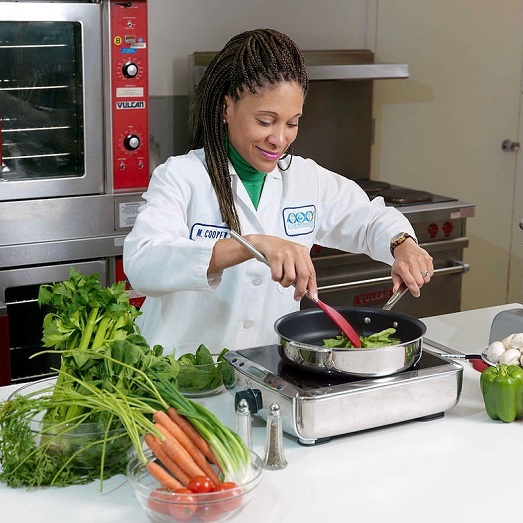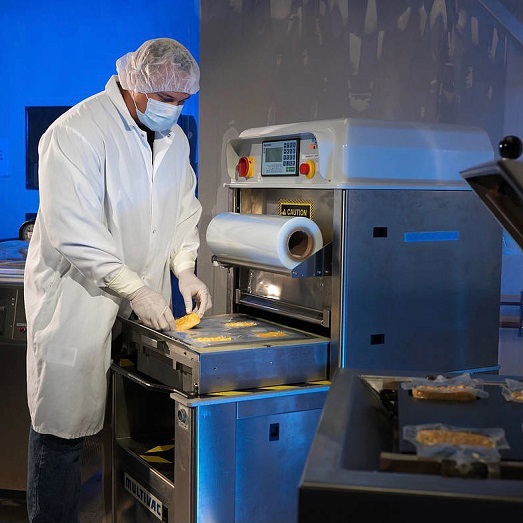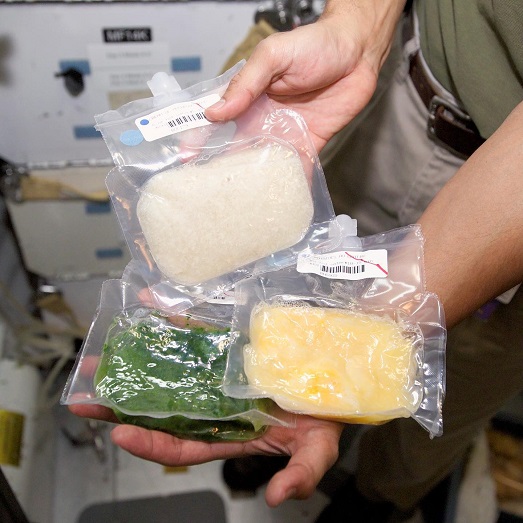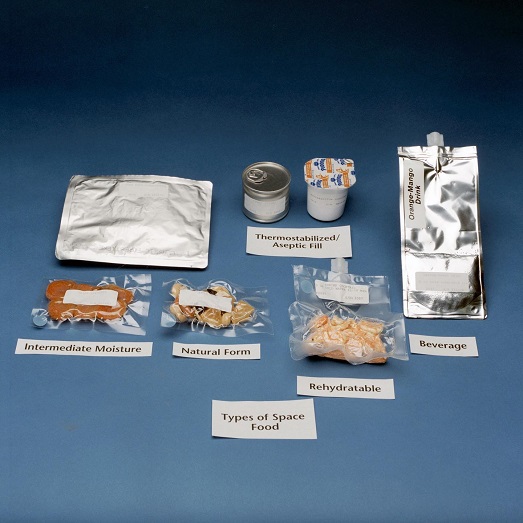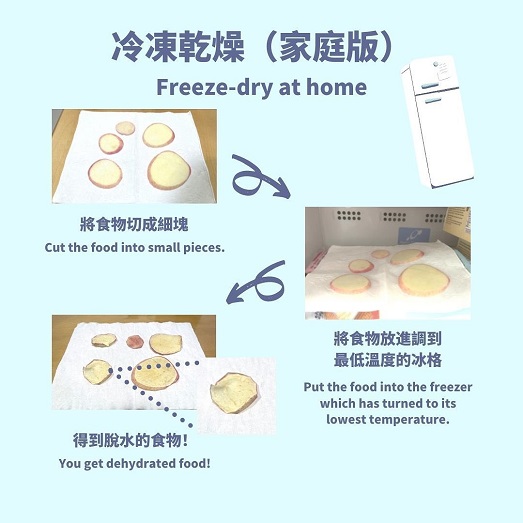Evolved from a toothpaste-like texture, the space food now are the research and development efforts over the decades.
Space food needs to have a long shelf life, can be eaten directly, or can reheat in the package. Due to the high cost of sending loads to space, space food has to minimise their weight and storage space, extend shelf life and be convenient to eat. Space food processing includes ionising radiation, dehydration (heat drying and freeze-drying), and the retort process.
The growth of microorganisms is the reason behind food spoilage. The above processing methods can inhibit the growth of bacteria (they need water) or directly kill the bacteria, hence the shelf life of food is extended.
Are these food processing methods exclusive to preparing space food? No! Different preservation methods are employed to extend the shelf life of the everyday food we buy. For example, instant coffee and dried vegetables in cup noodles are freeze-dried, canned foods are sterilised under high temperature and they can be kept for a long time.
Although we may not have a chance to taste real space food, we can make a simple version of space food at home! Freeze-dried food can be made in the home kitchen. Adjust the freezer to the highest power, cut the food (such as fruit) into pieces and place them on a metallic plate and put it in the freezer for 2-3 weeks, you will get freeze-dried food like space food!
NASA is researching on space food suitable for long-term missions. What do you think the future space food would be?



